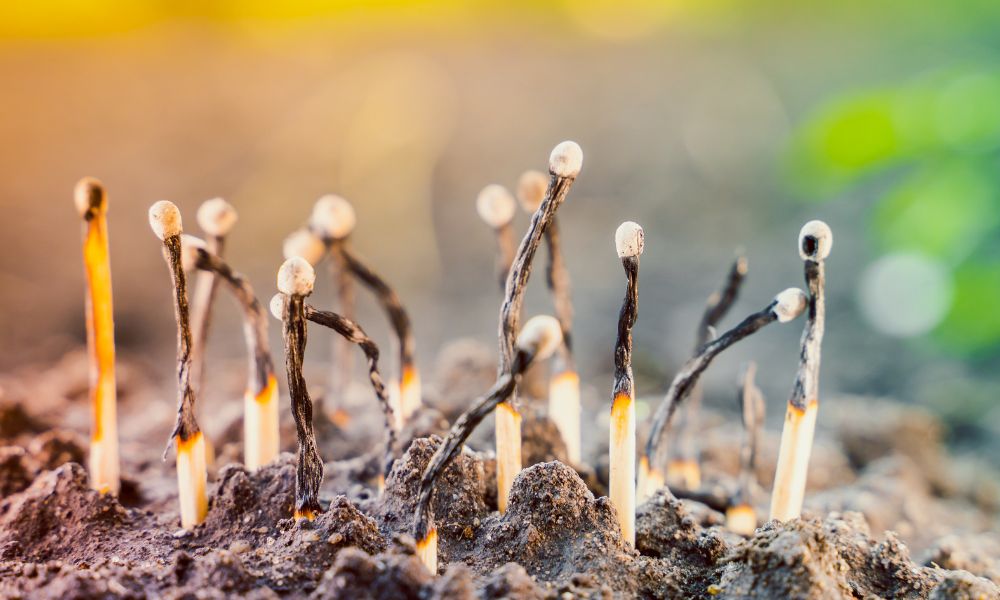The world of gardening advice is full of hacks that will supposedly make growing plants easier. Some of these home remedies and tricks are based on misconceptions about science. However, a few are actually helpful, like using matches to help your garden grow.
What Makes Matches Good for Plants?
The heads of matches (the part that ignites) contain chemicals that plants enjoy. These include phosphorous, sulfur, and magnesium. Phosphorous is important in the development of plant roots in both houseplants and outdoor vegetable and fruit plants. Sulfur and magnesium are useful in chlorophyll production, which is how your plants turn sunlight into energy.
Can Matches Replace Fertilizer?
While matches do contain helpful chemicals that plants use to grow, we don’t recommend using matches exclusively. Matches can help supplement regular fertilizer use, especially if you fall off schedule with fertilizing. Using matches in your gardening is also a good way to use up matches that you have lying around.
How To Garden With Matches
If you’re thinking of using matches to help your garden grow, you may be wondering how it works. For example, do you need to burn the matches first? Here’s a quick guide to help you.
1. Put the Matches in Damp Soil
The first step is to make sure the soil is damp. Then, stick the matches into the soil with their heads down. You don’t want to push the matches so far that they damage the plant’s roots—just make sure their heads are buried. You’ll need about 7 to 10 matches per plant.
2. Let the Matches Dissolve
The moisture in the soil will slowly dissolve the chemicals on the head of the match. This introduces them to the soil. Depending on what kind of matches you use, they could take anywhere between an hour to a week to fully dissolve in the soil.
Finding Quality Matches
If you’re looking to give away matches at your gardening store, check out MDM Branding’s supply of bulk matches. Matches make wonderful swag items that encourage your customers to come back to you for all their gardening needs.

